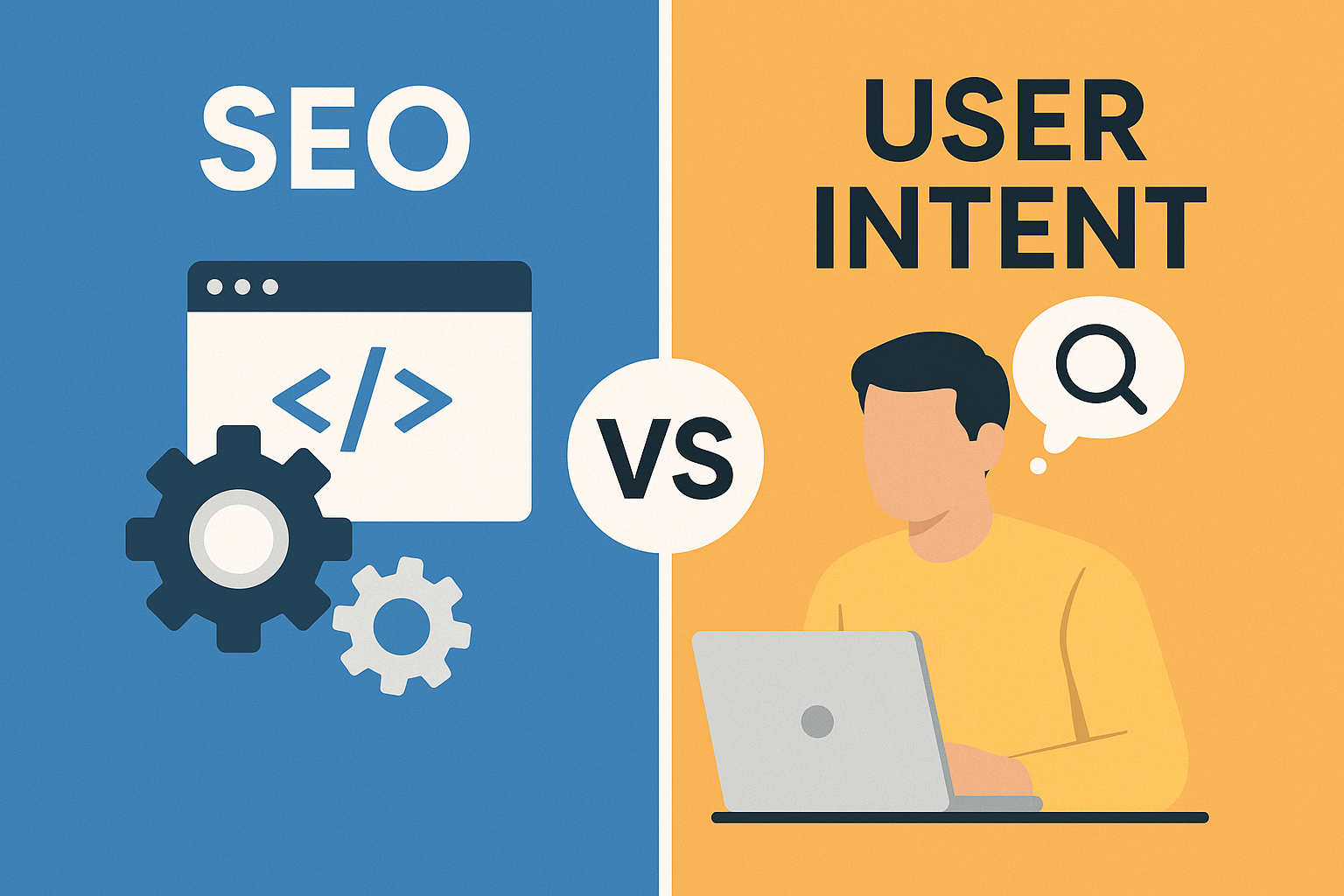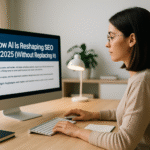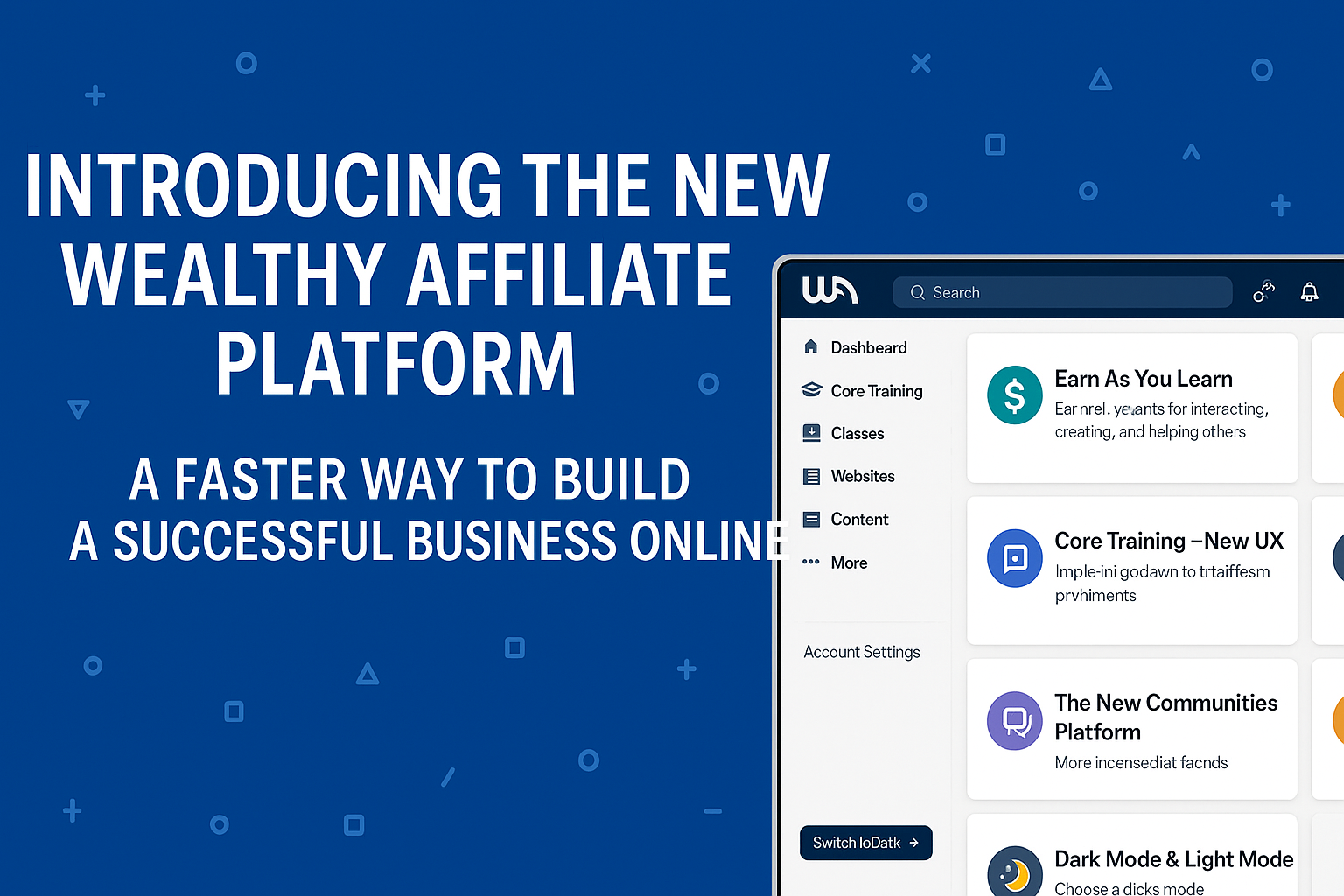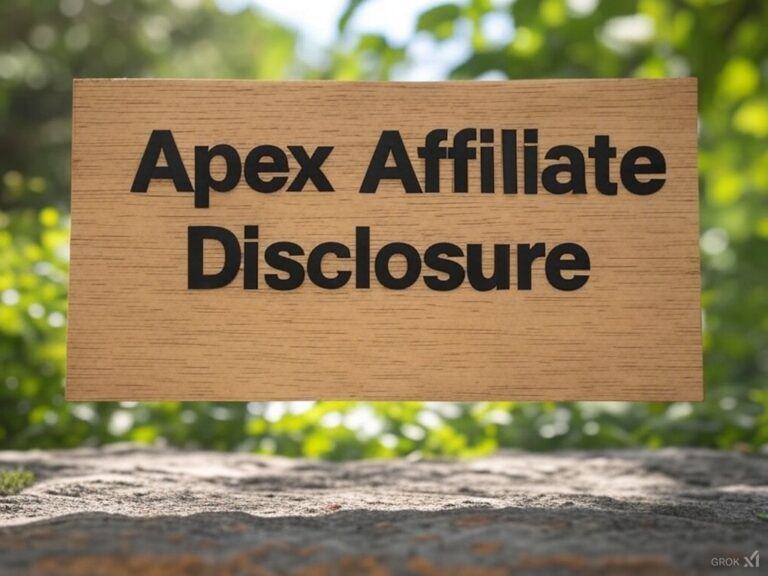SEO vs Intent: Which Strategy Wins in 2025?
Getting ranked on Google used to be all about keywords and backlinks. But in 2025, that’s not enough. Today, with seo vs intent, it is essential to understand what people want when they search for information. That’s where user intent comes in.
In this guide, we’ll look at how traditional SEO compares to intent-based optimization. You’ll learn when to focus on keywords, when to focus on searcher goals, and how to combine both for more substantial rankings and better conversions.
What Is SEO in 2025?
SEO (search engine optimization) is the process of making your content easy to find, understand, and rank in search engines. It includes:
- Keyword targeting: Using search terms your audience is looking for
- Technical SEO: Fast load times, mobile-friendly pages, clean code
- On-page SEO: Clear headings, readable text, internal linking
- Backlinks: Links from other trusted sites
- Content quality: Offering valuable, updated information
Strong SEO gets your content indexed and ranked. But technical SEO and keyword placement only take you so far.
What Is User Intent?
User intent is the purpose behind a search. What is the person trying to do?
There are four main types:
- Informational – They want to learn something
- Navigational – They want to find a specific site or brand
- Commercial – They’re comparing products or services
- Transactional – They’re ready to buy or sign up
Matching content to intent builds trust. It gives people what they need—and that’s what Google rewards.
SEO vs Intent: Why Intent Leads in 2025
Google has changed. It no longer rewards keyword stuffing. It ranks content that helps users reach their goal.
If your page ranks but doesn’t match the user’s goal, you lose.
Here’s what happens when you focus only on keywords:
- You get traffic, but it bounces fast
- Visitors leave without converting
- You rank for terms that don’t bring results
Intent-based SEO solves that.
Example:
- Keyword: “best affiliate programs”
- Intent: Compare multiple affiliate networks and find a trusted option
If your article just defines what an affiliate program is, you miss the mark. However, if you include a comparison table and honest reviews, you match intent and keep the reader engaged.
Keyword Targeting vs Intent Optimization
| 🔍 Strategy | 🎯 Focus | 📈 Outcome |
|---|---|---|
| Keyword Targeting | What users type | Rankings (but not always clicks) |
| Intent Optimization | Why users search | Higher engagement + conversions |
Keyword optimization helps search engines understand your topic.
Intent optimization helps users find what they’re looking for.
Combine both for the best results.
How to Optimize for User Intent
1. Analyze search queries
Look for signals like “how to,” “buy,” or “review.” These reveal intent.
2. Review top-ranking pages
See what Google is showing for your keywords. Are they lists? Guides? Reviews?
3. Format content for readability
Use clear headings, short sections, and bold takeaways.
4. Align content with search goals
Match your format and tone to the type of query:
- Informational = how-to guides, tutorials
- Commercial = comparisons, pros and cons, reviews
- Transactional = product pages, sign-up offers
5. Refresh regularly
Intent evolves. Update content to stay aligned with trends and user needs.
When to Focus on SEO First
There are times when SEO should take the lead:
- Launching a new site
- Targeting high-volume keywords
- Fixing slow or broken pages
- Structuring lots of new content
Solid SEO gives your content a fighting chance.
When to Prioritize User Intent
Focus on intent when:
- Content ranks but doesn’t convert
- You want to increase engagement or sales
- Targeting long-tail or niche keywords
- Refreshing older posts
Ask: Does this content address the underlying issue behind the search?
If not, rewrite it.
Why Both Matter
SEO makes your content visible.
Intent makes your content valuable.
The best strategy in 2025 combines technical SEO with content that is helpful. That’s how you:
- Improve rankings
- Get more traffic
- Convert visitors into buyers
Frequently Asked Questions
What’s the difference between SEO and user intent?
SEO focuses on helping search engines find your content. User intent is about matching what people want when they search. Both are essential in 2025.
Which matters more: ranking or relevance?
Relevance. Ranking is important, but if your content doesn’t match user intent, you won’t get clicks or conversions. Aim for both.
How do I align content with user intent?
Study search queries, analyze top results, and match your content to the goal behind the search—whether it’s learning, comparing, or buying.
Related Resources
- User Intent SEO Guide
- AI User Intent Guide
- Content Strategies That Work
- Future-Proof SEO Stack
- Wealthy Affiliate Starter Program
Want to rank smarter in 2025? Focus on what users want, and build content that delivers their needs.

Hello, I’m Michael, the founder of apexaffiliate.com. A few years ago, I was searching for a way to make money online and break free from the daily grind of the 9-5 lifestyle. Like many, I encountered countless “Done for you” and “Get Rich Quick” schemes, but eventually, I got lucky and discovered my path to success.
That turning point was Wealthy Affiliate, a platform I now consider home and the cornerstone of my online achievements. I want to share this journey with you and provide helpful insights into the basics of affiliate marketing, with the goal of making your path smoother than mine.
Join me, and let’s navigate this journey together—I’ll be here every step of the way to guide you.










